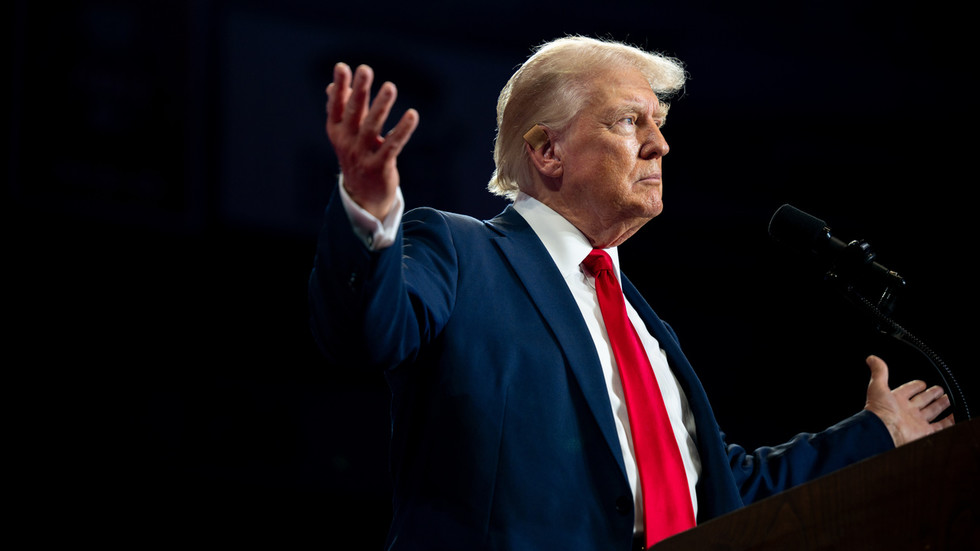In the lead-up to the November 5 election, tensions between Republican presidential nominee Donald Trump and his Democratic rival, Vice President Kamala Harris, have escalated into severe personal attacks. Trump has framed his Democratic opponents as a significant internal threat, claiming they represent an “enemy from within.” According to Trump, these “really bad people” within the Democratic Party pose a greater danger to the United States than foreign adversaries like North Korea. A recent Wall Street Journal poll showed Trump slightly ahead of Harris, although the margin was small enough to put the lead in question. Other national polls from CNN and the New York Times reveal the two candidates in a neck-and-neck race, underscoring the highly charged political atmosphere.
Appearing on the Joe Rogan Experience podcast, Trump reiterated his stance, emphasizing that he had previously found no issues with North Korean leader Kim Jong-un compared to what he perceives as a more significant threat from domestic entities. He expressed concern that these individuals are actively seeking to undermine the United States, framing their actions as detrimental to the country’s success. This narrative of an internal threat has been a hallmark of Trump’s rhetoric, as he frequently characterizes the opposition party and its leadership as dangerous for democracy and American values.
In response to Trump’s accusations, Harris has characterized her opponent as a fascist, suggesting that if he were to win the presidency, he would display admiration for authoritarian figures and potentially enact policies detrimental to democratic institutions. During a CNN town hall, Harris acknowledged the gravity of the situation and reiterated her belief that Trump embodies dictatorial traits. Citing a controversial report from The Atlantic regarding Trump’s alleged admiration for Adolf Hitler, Harris painted a picture of a man who might lead the country down a dark path. Trump’s team, however, has vehemently denied these claims, labeling them as fabricated and misleading.
Trump’s retorts to Harris’s allegations have been equally hostile. Taking to X (formerly Twitter), he claimed that Harris is resorting to extreme rhetoric because she senses impending defeat. He accused her of likening him to Adolf Hitler, which he dismissed as a product of her “warped mind.” Additionally, he painted her as a significant threat to democracy, highlighting what he perceives as her unsuitability for the presidency. The dialog between the two candidates has not only deepened the personal animosity but also threatened to redefine the electoral landscape, with both sides engaging in fear-mongering tactics to rally their bases.
This exchange is set against a backdrop of a highly polarized political climate, where individuals increasingly identify with their respective parties and view opposition as a direct threat to their ideological beliefs. Trump’s narrative taps into existing sentiments among his supporters who feel alienated by the Democratic Party, while Harris’s framing aims to mobilize voters by appealing to fears regarding authoritarianism and the erosion of democratic norms. The heightened rhetoric serves to galvanize party loyalty and drive voter turnout, as both candidates seek to distinguish themselves amid a fiercely competitive electoral race.
As the election approaches, the consequences of this escalating rhetoric may extend far beyond the immediate contest between Trump and Harris. The framing of opponents as enemies poses risks for governance and constructive political discourse moving forward. The deepening divides could exacerbate tensions in an already fractured society, raising questions about unity and collaboration should either candidate win. Ultimately, the November election will not only be a referendum on the candidates and their policies but also an examination of the current political ethos in the United States and the long-term implications of a narrative steeped in confrontation and division.

